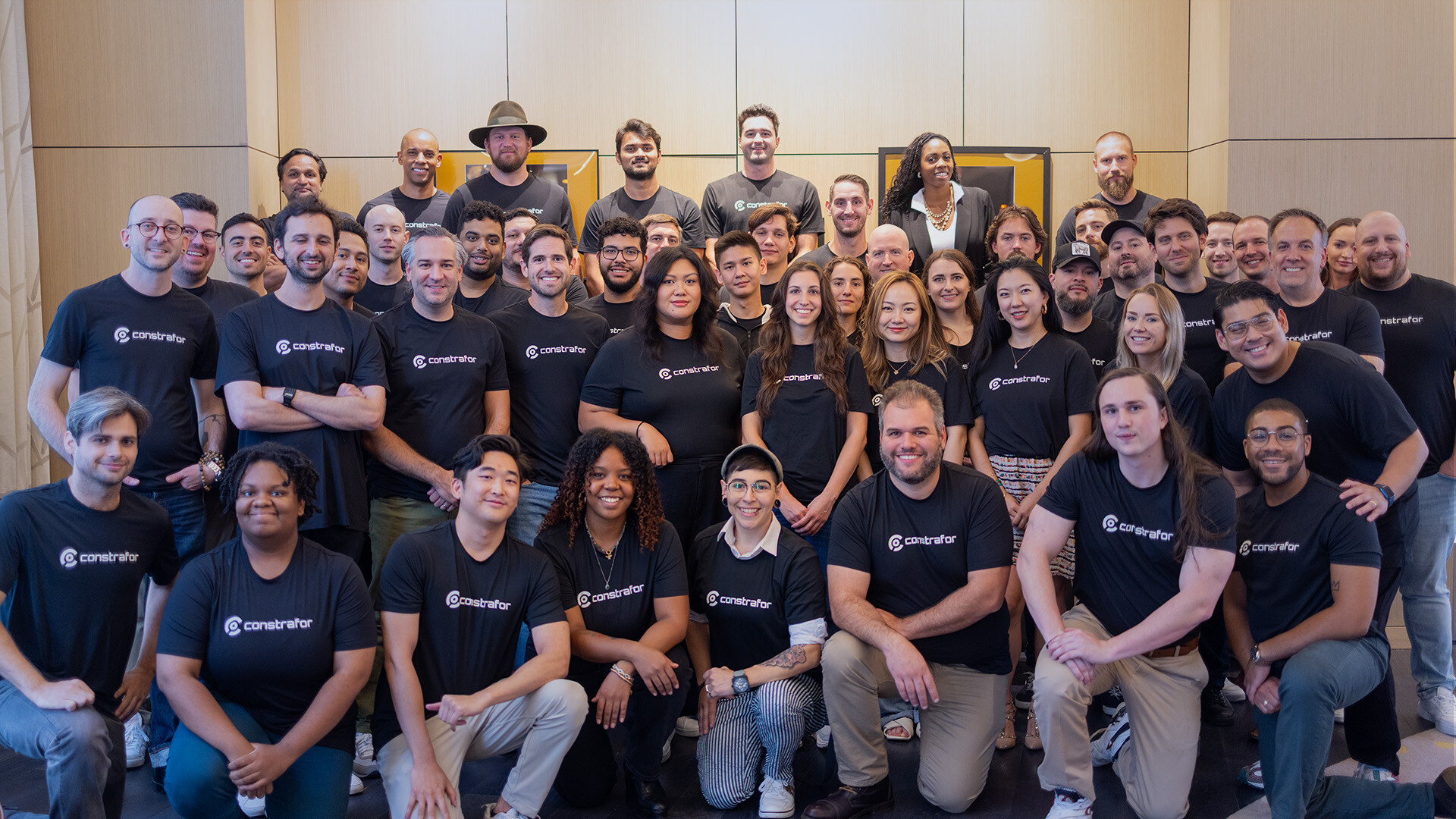5 Construction Cash Flow Killers Subcontractors Can't Ignore
After years of working closely with construction subcontractors and analyzing the ups and downs of cash flow, we've noticed common pitfalls that can...
1 min read
 Ryan Donaldson
:
Dec 6, 2024 4:20:01 PM
Ryan Donaldson
:
Dec 6, 2024 4:20:01 PM

Design-build has emerged as America's fastest-growing construction delivery method, projected to represent over 47% of construction spending by 2026 - approximately $1.9 trillion nationwide, according to the Design-Build Institute of America (DBIA). While this collaborative approach offers many benefits for project owners, it can create unique financial challenges for subcontractors.
Unlike traditional delivery methods where design and construction have separate contracts, design-build combines both under a single contract. This integrated approach emphasizes collaboration, teamwork, and creative problem-solving. While this can lead to faster project delivery and fewer claims overall, it often leaves subcontractors managing significant financial risks.
Consider this typical scenario: A mechanical contractor bids based on preliminary drawings. As architectural designs progress, major equipment locations shift and ductwork needs rerouting. This creates a cascade of financial challenges:
While design-build promises benefits like faster delivery and fewer claims, subcontractors often bear increased financial pressure. The combination of incomplete designs and payment delays creates particular strain for specialty trades who carry substantial material and labor costs. Even as the project team collaborates to solve design challenges, subcontractors must often fund significant changes while awaiting approval and payment.
Success in design-build projects requires a multi-layered approach to financial protection:
As design-build continues its rapid growth across both private and public sectors, subcontractors need robust financial strategies to succeed. Solutions like Constrafor's Early Pay Program help stabilize finances by providing quick access to funds without adding debt, allowing contractors to focus on execution rather than financing.
Need help managing cash flow on your design-build projects? Learn more about how Constrafor's Early Pay Program can provide the financial flexibility needed for these complex projects.

After years of working closely with construction subcontractors and analyzing the ups and downs of cash flow, we've noticed common pitfalls that can...

Today we’re proud to announce that Constrafor has secured $264 million ($14M equity and $250Mcredit facility) to help solve some of construction's...

Construction subcontractors face a perpetual challenge: you need to pay for materials and labor today, but you won't see payment for completed work...